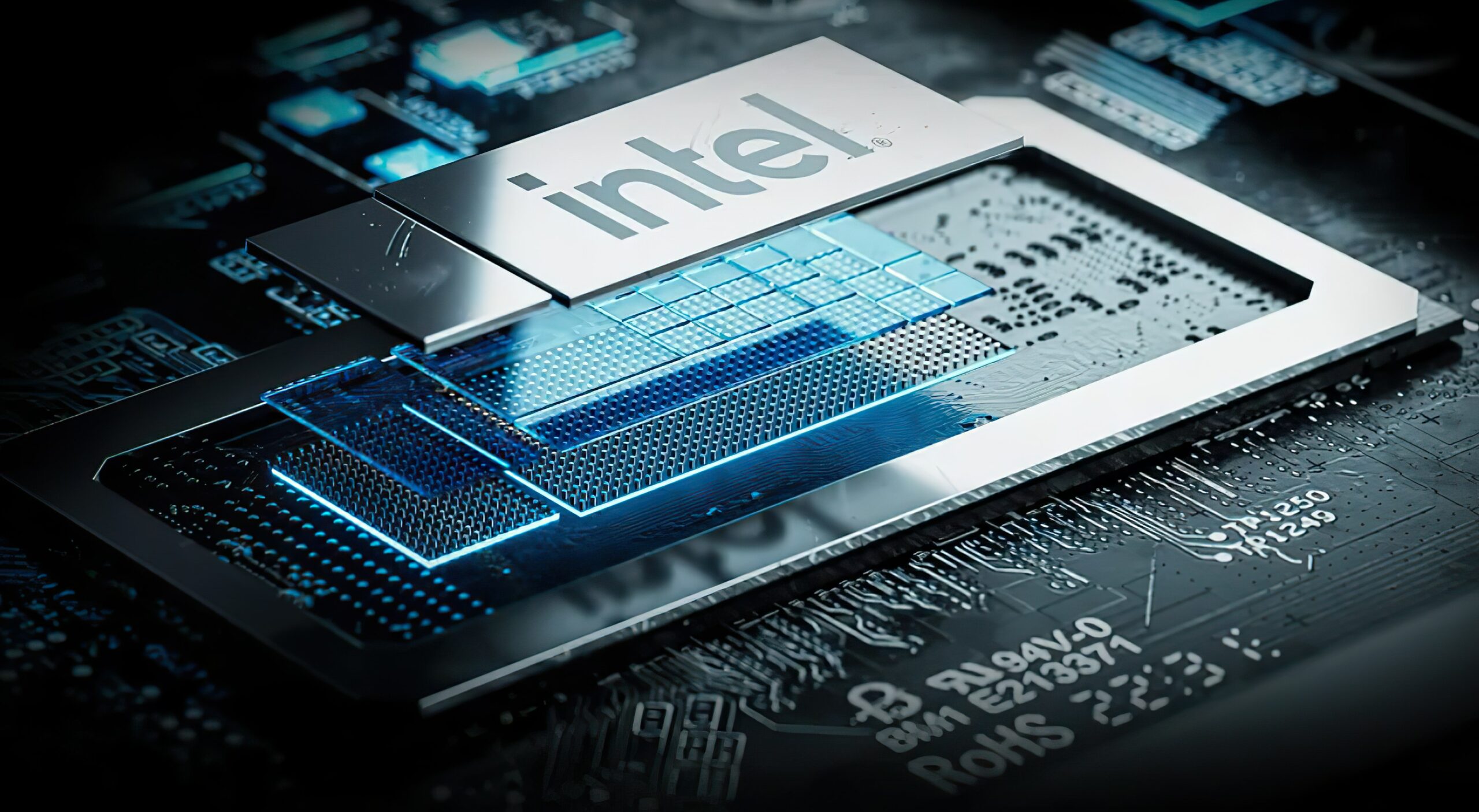That cites an anonymous leaker, rather than any official source. I'm not surprised there have been such leaks, but the LinkedIn leak that just happened seems to both have more details and come from a more authoritative source.May 29 2022, Hardwaretimes references Panther Lake: https://www.hardwaretimes.com/intel...lunar-lake-reportedly-an-experimental-design/
Whoever posted those details on their LinkedIn profile was simply wrong about what had been announced vs. what hadn't, and wasn't diligent enough to actually go back and check. That seems the simplest explanation.
Heh, it seems someone has been going back and retroactively updating their news articles! If you look at this snapshot from when that article was published, it lists zero details about Panther Lake, besides a couple guesses about the chipset, socket, and PCIe.Jan 12, 2023 WCCFTECH list s Xe3 (Celestial) as the GPU architecture for Panther Lake in this article on lunar lake:

Intel Lunar Lake To Feature A Brand New CPU Architecture Built From The Ground-Up, Perf/Watt Focused at Mobile
Intel is working on a brand new CPU architecture designed from the ground for its next-gen Lunar Lake family of processors.wccftech.com
| Panther Lake (TBA) | TBA | TBD | TBD | TBD | 1000-Series? | LGA 1851? | DDR5 | PCIe Gen 6.0? | 2026 |
Source: https://web.archive.org/web/2023011...om-the-ground-up-perf-watt-focused-at-mobile/
(note to self: need to increase my annual donation to web.archive.org)

